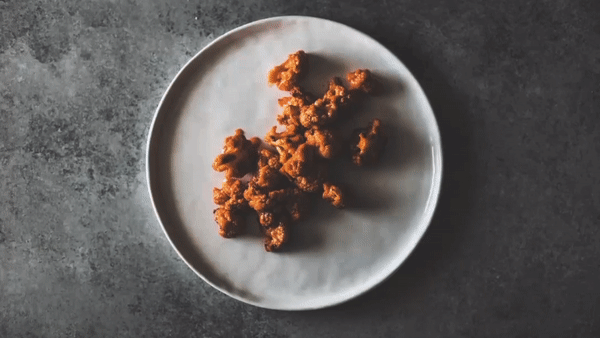You know what it feels like when you bite into really good corn on the cob. Sweet, flavorful pops. Juices flying as if you bit into an apple. Maybe a little smoky char from the grill. Maybe you’ve got to squint — either from bursts of kernels or the nearby summer sun.
There are many ideas on how to get to that Ultimate Corn. They usually start by telling you to buy corn that was picked that morning, then cook it that day. That’s because once the corn is picked, its sugars start the process of converting to starches. The corn will get less sweet, and that juicy pop might be more like a dry chew.
While fresh-picked corn will be sweetest, it’s not always available. At the grocery store, opt for cobs still in the husks. There’s a better chance they were picked more recently. Frozen corn kernels also are a good option. They were most likely frozen at their peak, but there are, of course, a few wrinkles: Brands differ greatly in taste and texture, and there’s added moisture to consider when cooking.
The best method for cooking corn on the cob is a deeply personal matter best left to debate with relatives. Still, it’s worthwhile to have a go-to method for cooking corn off the cob. The matter is a little less contentious: Whether starting from frozen or fresh, opt for starting with high, dry heat. Whether in a skillet, in a hot oven, under the broiler or on a grill, you want the corn cooked hot enough that the outsides caramelize, but not long enough that their juices expel and the corn ends up dry. You’re looking to warm, soften and caramelize the corn — not cook it to pulp.
To get there, cook the kernels over high heat without bothering them until they start to brown. They will pop like popcorn, too. At that point, you’ll just stir a few times to warm up the kernels. In the case of frozen corn, it’s important to cook it through, but if you’re starting with fresh corn, you can err on the side of undercooked: Raw fresh corn is delicious, too.
Take a spoonful of your corn right from the pan. It just might remind you of that eye-squinting corn on the cob, which might not be the case if you cooked that corn low and slow, like in creamed corn. The corn flavor might be there, but the good juicy bite will probably not.
To balance out sweet-as-can-be corn, consider spicy, smoky bedfellows: It could be hot Italian sausage, harissa, gochujang skirt steak, a dusting of chili powder, pickled chiles — the list goes on. In this recipe below, the bedfellow (tacofellow!) is fresh chorizo, which gets its kick from fresh chile peppers.
Sold in the raw meat section, fresh chorizo is most likely Mexican chorizo. It will come in casings or uncased and needs to be cooked before eating. The other main chorizo is Spanish chorizo, usually rusty red from smoked paprika. It comes cured or semi-cured and smoked or not smoked. You’d treat that more like salami.
In this corn and chorizo taco, the spicy sausage is cooked first, then the corn cooks quickly in the chorizo fat. Serve with something creamy, such as avocado or yogurt or sour cream, and a squeeze of lime. It’s all you really need.
Corn and Chorizo tacos
40 minutes
4 to 6 servings (2 tacos per serving)
Storage Notes: Refrigerate the meat and corn in an airtight container for up to 3 days.
Ingredients
2 tablespoons extra-virgin olive oil or a neutral cooking oil, such as canola
1 pound fresh chorizo, casings removed if necessary
4 cups fresh (from 4 to 5 ears) or frozen (about 20 ounces) corn kernels
3 scallions, thinly sliced, white and green parts separated
Kosher salt or fine sea salt
Freshly ground black pepper
8 to 12 six-inch corn tortillas, toasted (see NOTE)
Sliced avocado, for serving
Sour cream, for serving
Lime wedges, for serving
Steps
In a large cast-iron skillet or Dutch oven over medium-high heat, heat the oil until shimmering. Add the sausage and cook, stirring and breaking it up with your spoon, until browned, 5 to 8 minutes. Using a slotted spoon, transfer the sausage to a plate, leaving the fat behind.
Add the corn kernels and scallion whites to the skillet. Season to taste with salt and pepper and cook, undisturbed, until browned and starting to pop, 4 to 6 minutes. Stir and cook until the kernels are shiny and brightly colored, about 1 minute. Return the chorizo to the skillet and stir to combine. Remove from the heat. Spoon some filling onto a tortilla, then repeat to fill the rest of the tortillas.
Serve with the scallion greens, avocado or sour cream, and lime wedges for squeezing.
NOTE: To toast the tortillas, place them in a hot, dry skillet (cast iron is good) over medium to medium-high heat, or directly over the burner on about medium-low if you have a gas stove. Let the tortillas darken and even char in spots.


















